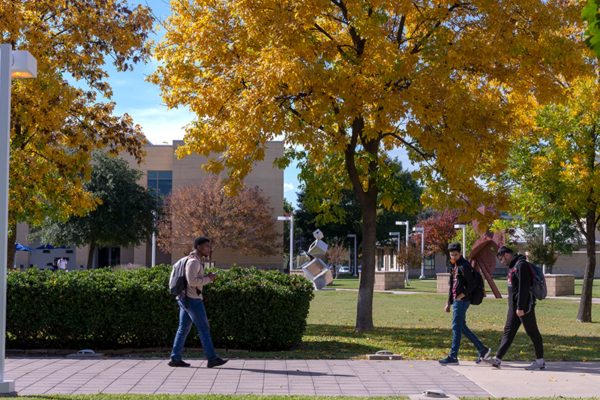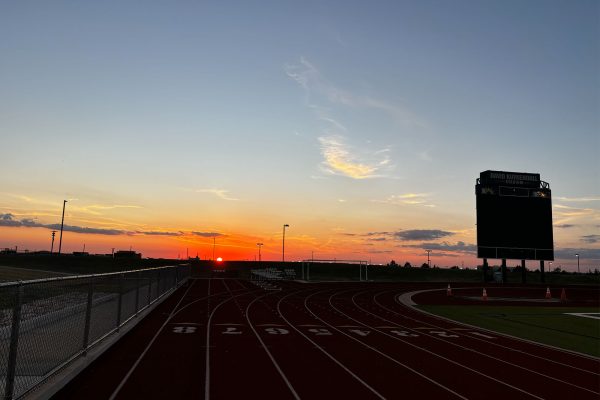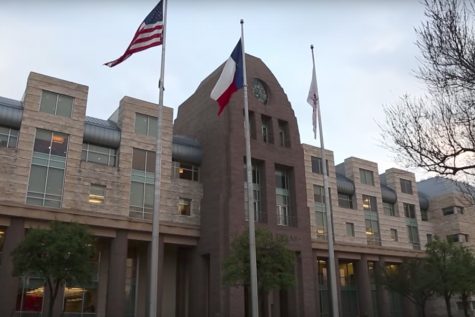New FISD site tracks energy consumption
A projected $30 million budget shortfall for Frisco ISD in 2017-18 has saving money on the minds of many in the district. A recently launched energy consumption site that shows water, gas and electric use throughout the district could help in the cause as schools can see where they compare with other campuses.
“Frisco ISD has always monitored energy, water and gas usage – but the website allows anyone to track this data, enhancing transparency and helping to promote green practices among students and staff,” FISD Communications Coordinator Meghan Cone said. “It will also give the District the ability in the future to host competitions between schools to help drive cost savings. The overall goal is to reduce operational costs as much as possible (even more important in light of the failed TRE).”
On campus, most of the savings comes from energy conservation.
“We’re lucky that the schools are designed with lights that automatically shut off after so many minutes of non movement, so that takes care of lights in classrooms and conference rooms,” Principal Scott Warstler said. “The biggest thing that we are able to control with energy consumption would be the use of microwaves and little mini refrigerators and those things that sound kind of insignificant, but so much of what happens within the day to day workings of a high school, we can’t control. We know the building opens up at 7:00 a.m. and a lot of nights it’s open until 9:00 p.m. So, we’ll be developing a new calendar that will make sure that students and groups that are using the facility after school that we’re only giving air conditioning and heat in the winter time to those areas that require that and we’re not over utilizing the air conditioning and heating when it’s not needed.”
Starting the energy conserving website is a positive in the eyes of at least one teacher, but it has room for improvement.
“I think education and awareness are the two biggest factors in saving energy and resources,” AP Environmental Science teacher Bryan Beck said. “Things like this website are a step in the right direction as to how much we consume. If people know that, maybe we can figure out how to consume less? I am a big fan of seeing the recycling bins in the school hallways and classrooms. In the cafeteria, this is promoted well, too. But for the conservation, these are just habits we need to change and to do that we need to be educated about the consequences of our actions.”
While some of our savings on energy comes from gas usage, water usage, and electricity usage, the largest impact comes from behaviors.
“The big savings on energy are simply behavioral,” superintendent Dr. Jeremy Lyon said. “I think that maybe this tool will help people understand that there is this connection between their own behaviors regarding energy usage and the cost that we’re in currently.”

Aliza Porter is currently a senior. She likes to spread positivity. She loves to exercise and do kickboxing in her free time. She has a huge passion for...

Christi Lazutkin is a puppy in an elaborate human suit. Her day-to-day cover is that of an average high school senior. Her opinion pieces, broadcast work,...

Vivek Sundararaman is a sophomore and staff reporter for Wingspan TV who joined the program during his freshman year. He is a member of the swim team and...







